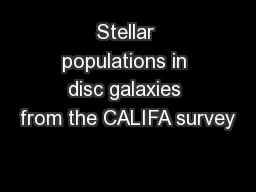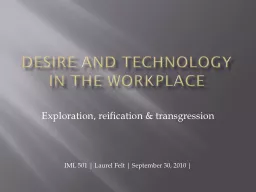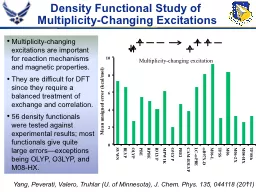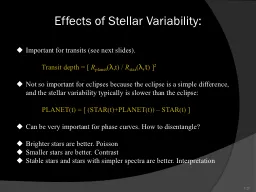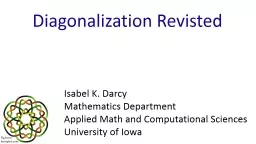PPT-Pl anet formation a nd stellar multiplicity
Author : alexa-scheidler | Published Date : 2018-03-17
Insights from recent surveys Gaspard Duchêne UC Berkeley Obs Grenoble NASAJPLCaltech Planets in multiple systems LucasFilm Ltd They must exist Planets in multiple
Presentation Embed Code
Download Presentation
Download Presentation The PPT/PDF document "Pl anet formation a nd stellar multipli..." is the property of its rightful owner. Permission is granted to download and print the materials on this website for personal, non-commercial use only, and to display it on your personal computer provided you do not modify the materials and that you retain all copyright notices contained in the materials. By downloading content from our website, you accept the terms of this agreement.
Pl anet formation a nd stellar multiplicity: Transcript
Download Rules Of Document
"Pl anet formation a nd stellar multiplicity"The content belongs to its owner. You may download and print it for personal use, without modification, and keep all copyright notices. By downloading, you agree to these terms.
Related Documents



